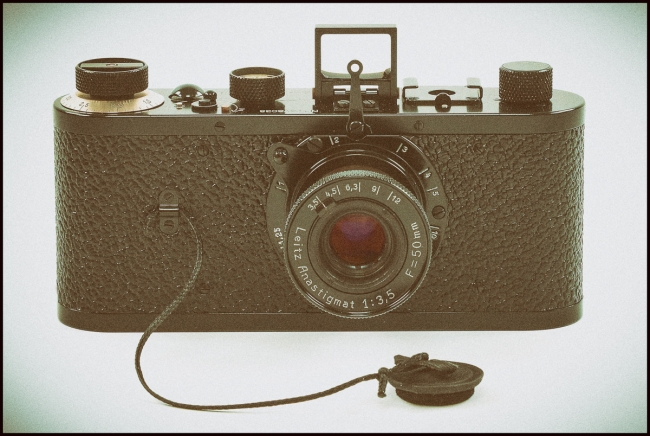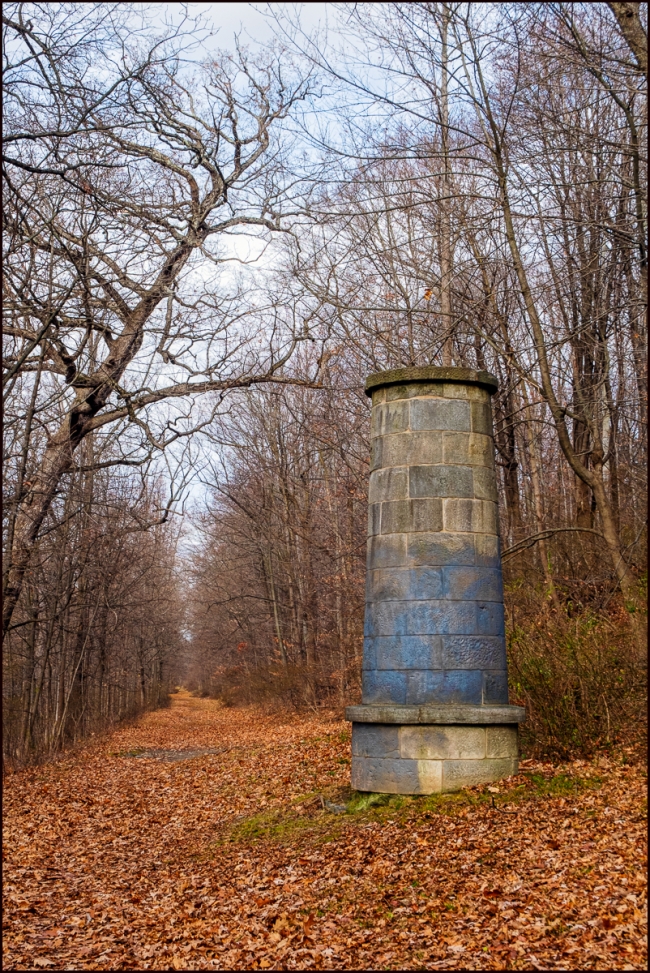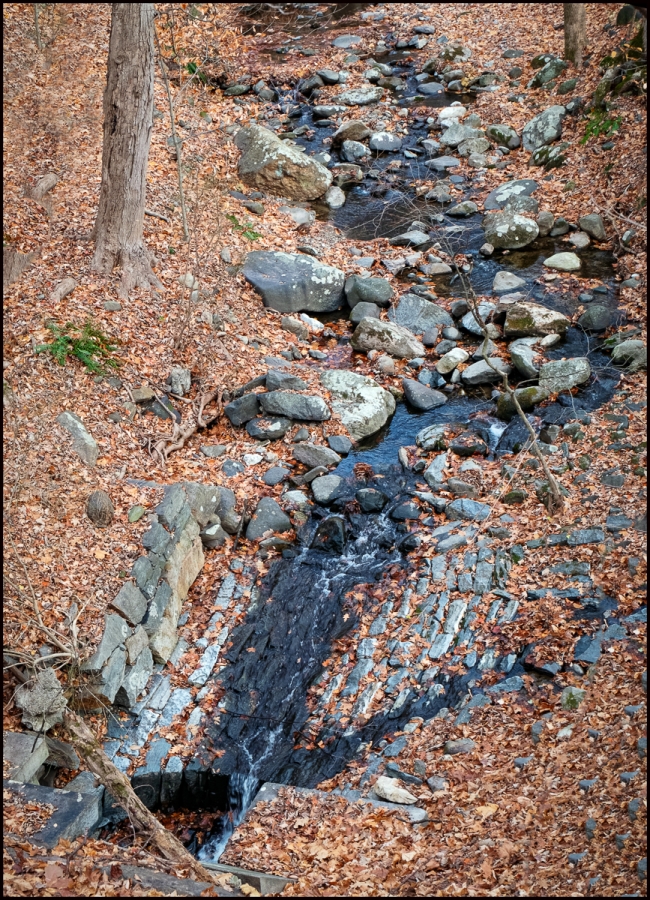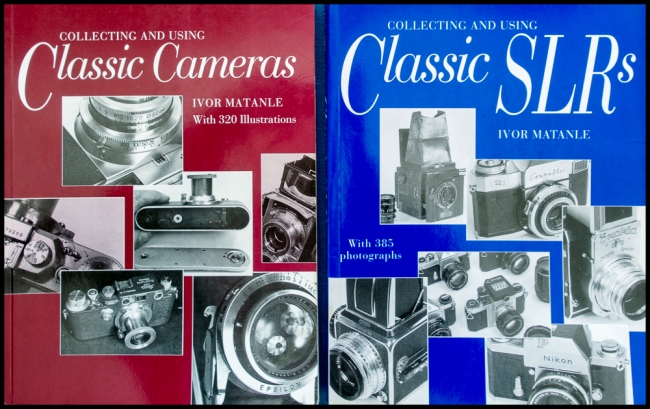“The serial production of the Leitz Camera, or Leica for short, the world’s first 35mm camera, is considered a milestone of modern photography. Before the first cameras were available in the mid-1920s, Ernst Leitz produced around 23 models of the prototype 0 series in 1923 and 1924. One of these rare cameras – the 0-series no. 105 – has now been sold at the 40th Leitz Photographica Auction for a price of € 14.4 million (about $15 million) including buyers premium. The 105 has thus broken the world record for the most expensive camera of all times.
Number 105 belonged to Oskar Barnack, who had designed the “Liliput camera” shortly before the First World War. It was the prototype of the Leica and thus also the prototype of the 35 mm camera per se. Barnack captured numerous motifs from his family life with the 0 series No. 105. He used the experience he gained in the process in the further development of the camera and its subsequent models. Barnack’s name is engraved on the top of the viewfinder of no.105.
…
The historical significance of the camera and its direct connection to Barnack were reflected in its pre-determined estimate of 2,000,000 to 3,000,000 euros. “To put these numbers into perspective: The most expensive camera in the world to date – also a 0-series, serial number 122 – was sold at the 32nd Leitz Photographica Auction in 2018 for 2.4 million euros including buyers premium,” said Alexander Sedlak, Managing Director of Leica Camera Classics, an Austrian subsidiary of Leica Camera AG. Leitz Photographica Auction operates under the umbrella of Leica Camera Classics.
“We are fully specialised in historical cameras and accessories. It was therefore a special pleasure for us to be able to auction Oskar Barnack’s personal camera, a prototype of the camera generation that laid the foundation for modern photography in the mid-1920s, as part of our anniversary auction,” said Sedlak. The intangible value – the historical significance – of 0 series no.105 goes far beyond the sum of € 14.4 million for which this camera was ultimately sold. Nevertheless, the world record sum proves the continuous trend of the last few years: “The prices are rising – the interest in vintage cameras is greater than ever before.” (Leica)
The picture above is not of the actual camera. Rather it’s a photograph of a replica introduced by Leica in the year 2,000. Out of production now for some time it can be found used for around a mere $2,000.




